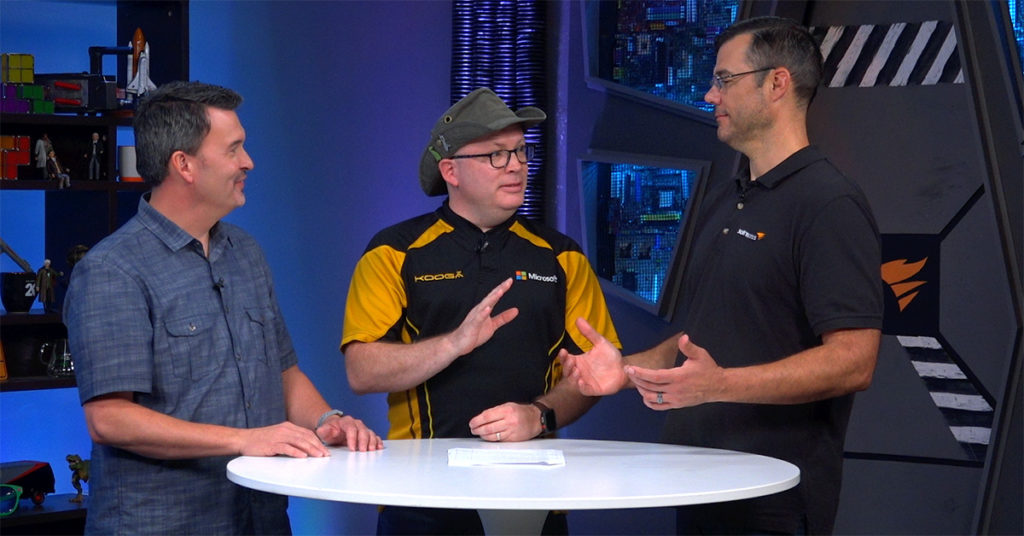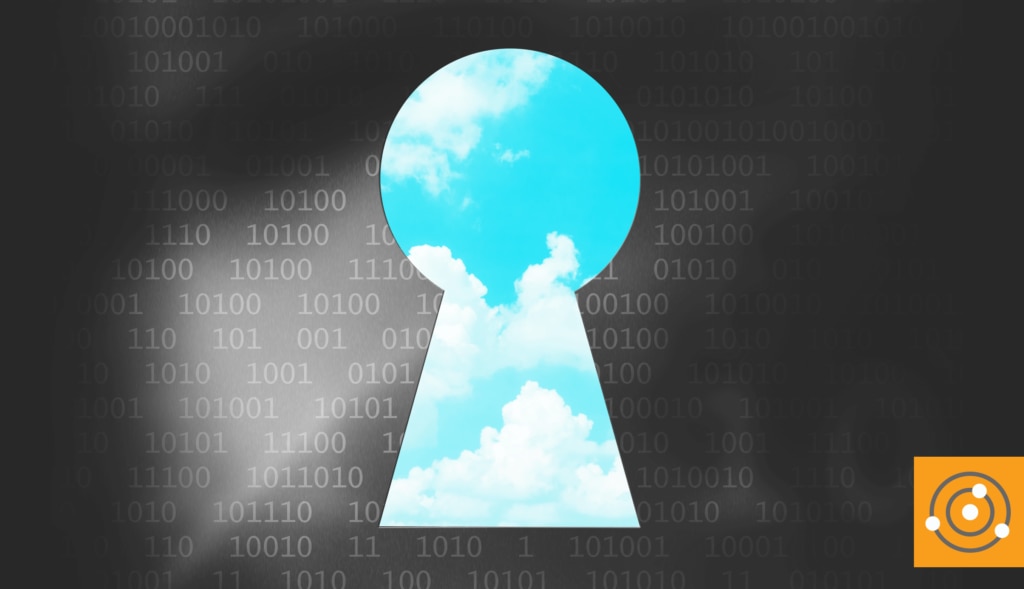Comprehensive Service Coverage
First and foremost, make sure your cloud monitoring solution supports a wide range of cloud services to ensure comprehensive monitoring across all critical components of cloud environments.
- Compute: Monitoring virtual machines (VMs) and cloud-based compute instances helps ensure optimal workload performance and resource efficiency. Key performance metrics include CPU usage, memory utilization, and uptime.
- Network: Visibility into the network infrastructure of your cloud environment is crucial for maintaining smooth connectivity and identifying potential bottlenecks. Monitoring network traffic, latency, throughput, and availability for critical components like virtual networks, load balancers, and site-to-site connections can help ensure reliable network performance.
- Storage: Monitoring cloud storage resources is vital for avoiding overages and optimizing data management strategies. Monitoring storage usage, read/write performance, latency, and capacity trends can help you make informed decisions about your storage infrastructure.
- Database: Cloud-hosted databases are a critical component of many applications, and monitoring them is essential for ensuring high availability and efficient database operations. Key metrics to track include query performance, connection activity, storage utilization, and replication status.
Proactive Monitoring
In a recent blog, SolarWinds Chief Product Officer Cullen Childress writes: “Operational resilience means organizations can anticipate, prepare for, and adapt to sudden disruptions while maintaining continuous business operations.” The ability to take preemptive action is central to IT management, which is why proactive monitoring is the cornerstone of any robust cloud monitoring strategy. It involves continuously tracking performance metrics and resource utilization to address potential issues—before they escalate. With proactive monitoring aided by basic anomaly detection algorithms, organizations can stay ahead of potential problems. The outcome? Minimized downtime and improved user satisfaction.
A Centralized View
Centralized monitoring is essential for overseeing your cloud infrastructure. A good solution integrates data from various cloud platforms and presents that information in summary dashboards that give a user-friendly, high-level view of key areas, such as:
- Overall system health
- Resource utilization
- Performance metrics
SolarWinds Senior Director of Product Marketing Abigail Norman notes: “At its heart, collaboration requires agreement on core principles. Teams ask themselves: “What do we know?” “What data are we basing our actions on?” “Are we all acting according to the same knowledge?” If there’s doubt, the prospect of effective teamwork becomes increasingly remote.”
An effective dashboard doesn’t just allow users to drill down into specific details when needed. It gives teams the consistent information they need to work confidently as a unit. This gives unified visibility across cloud services from various providers, as well as on-premises networks and systems.
Automation and Intelligence
Today’s IT environments are simply too complex for individuals to manage alone. Automation and intelligent analytics are vital for streamlining processes and elevating them from monitoring to observability. Similarly, artificial intelligence and machine learning continue to transform how we manage complex environments with capabilities like:
- Anomaly Detection Systems
- Event Correlation Systems
- Root Cause Analysis Systems
- Predictive Analytics Systems
AI adoption requires care and consideration. Krishna Sai, Chief Technology Officer at SolarWinds, explains:
“The use of AI and ML is a conscious choice that organizations must make, and it’s not a natural fit for every situation. Implementing machine learning involves many considerations beyond just creating an algorithm for specific data. Questions arise about scalability, the diverse contexts in which the solution will be applied, the necessary computing resources, the accuracy of the model (avoiding model drift), and the associated costs. The fact remains that today’s IT environments are simply too complex for IT professionals to manage without some form of AI assistance. The question is, how is it best deployed in your organization?”
An effective cloud monitoring solution should leverage automation to handle routine tasks, such as setting alerts and detecting potential issues. Check out our series on the ethical development of artificial intelligence to learn more.
Scalability and Flexibility
Cloud environments are dynamic and can vary significantly from one organization to another. Therefore, a cloud monitoring solution should be scalable and flexible, capable of adapting to the unique needs of different organizations. Users should be able to tailor dashboards, alerts, and reports to align with their specific requirements.
In the market for a cloud monitoring solution? Head over to THWACK® to learn how SolarWinds Observability Self-Hosted does all of the above and more.




